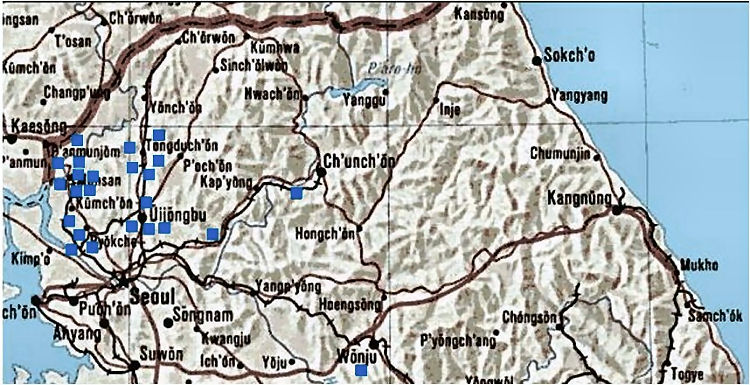

Army make an inquiry into the incident and issue a public apology. However, after the funeral was over, the 2nd Infantry Division overturned its promise and refused to hold a meeting between its commander and the bereaved families.Īs the news of the incident spread around, local NGO activists began to organize the National Commission on the Killings of Two Middle School Students (NCK) to demand that U.S. When the bereaved families expressed these concerns to the chief of staff, he promised that they would be able to meet the commander of the division after the funeral, and clarify the issue. court’s decision rather than that of a Korean court. Third, these two soldiers were subjected to a U.S. Second, it remained unclear whether the two soldiers responsible for the killings had done so intentionally or involuntarily (or could have avoided the incident if they had been more attentive). Army had not informed the villagers around the area of the military training beforehand. First, the 2nd Infantry Division of the U.S. However, the incident could not be disentangled with such an effort due to several complications. The chief of staff of the 2nd Infantry Division attended the funeral of Shin and Shim on 14 June, to express condolence and to compensate for their deaths. While these two girls were walking along the shoulder of the road, a 60-ton AVLM, which ran in the front of the line of army vehicles heading for a training exercise, had its width extended beyond the lane. The incident took place 10 miles north of Seoul, in a narrow two-lane road that had no sidewalk. Army ran over two Korean girls, Hyo Soon Shin and Mi Sun Shim, and crushed them to death. On 13 June 2002-at about 10:00am in the morning-an armored vehicle of U.S. Moreover, the Status of Force Agreement (SOFA) validated extraterritorial jurisdiction for the U.S. military would assume the Wartime Operational Control (WOC) until 2015. military support, the Korean army had an symmetrical relationship with the U.S. More than 26,000 soldiers resided in six camps. Armed Forces had been stationed in South Korea since the end of Korean War in 1954.


 0 kommentar(er)
0 kommentar(er)
